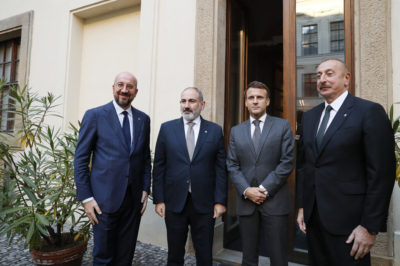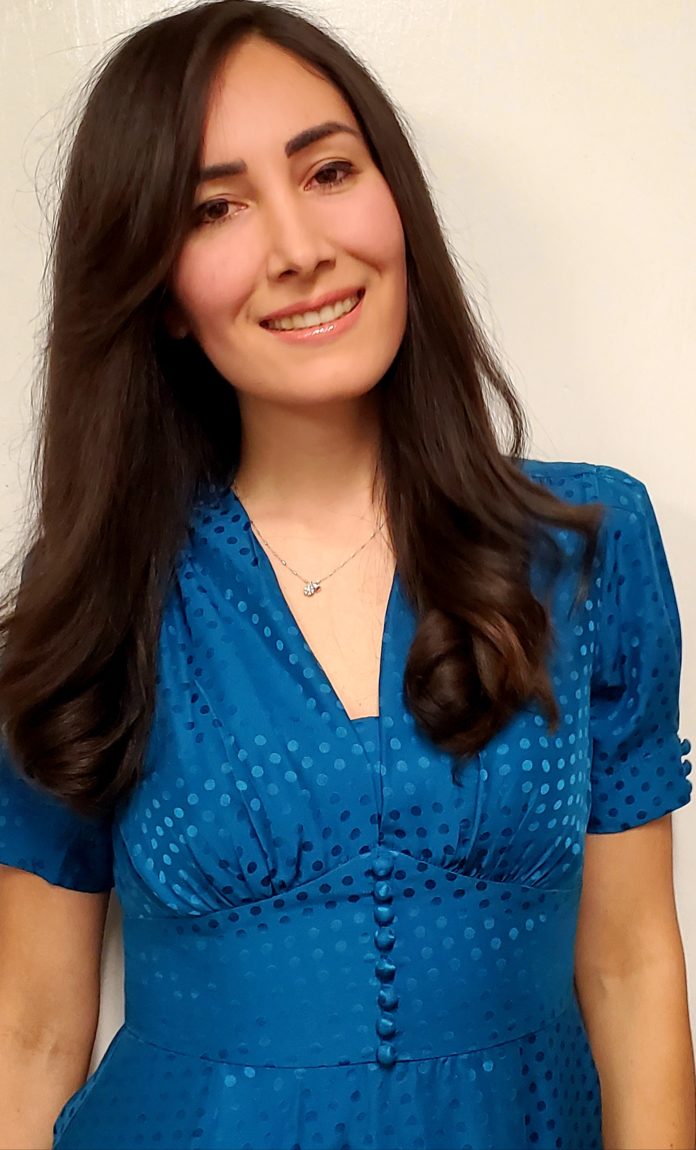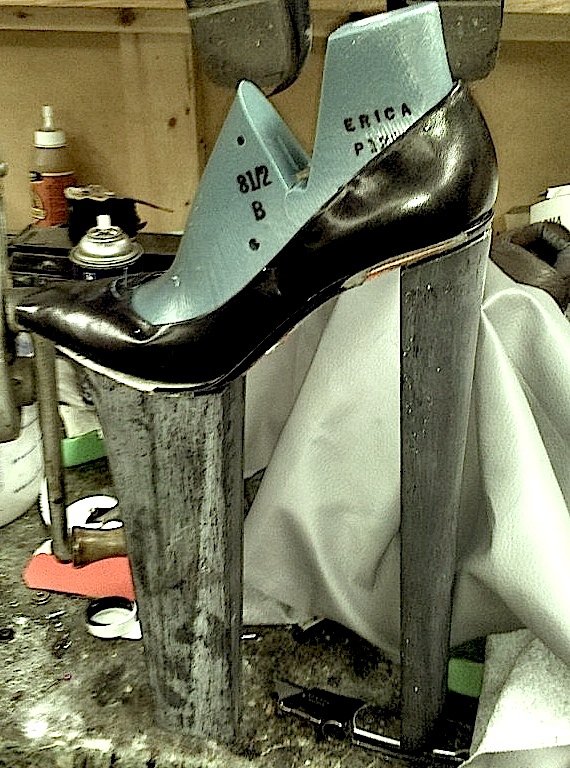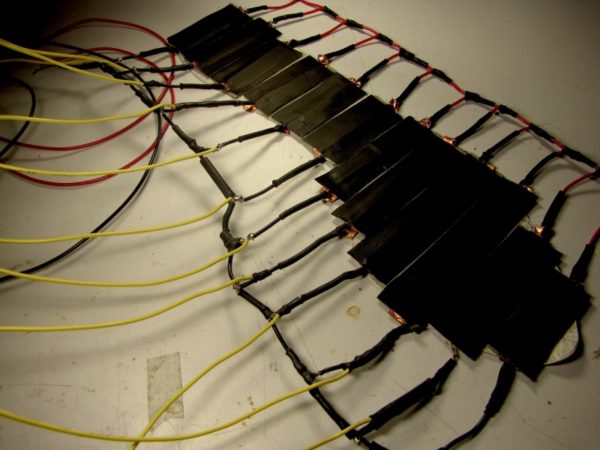IRVINE, Calif. — Talking with Sarah Hovsepian can give one whiplash — in the best possible sense of the word. After all, here is a woman whose ideas and scientific learning weave together space design, origami, ants and ventilators.
Hovsepian is a project manager at the National Aerospace and Science Administration’s Jet Propulsion Laboratory.
She recently made news because her division came up with blueprints for ventilators that could be built quickly and inexpensively for COVID-19 patients.
(https://www.krqe.com/health/coronavirus/nasa-workers-design-develop-ventilator-from-scratch/)
Titled Project Vital, Hovsepian and her team built the prototype in 37 days, all while working from home. According to the KRQE story, the prototype is made of about 80 parts and was designed to deliver more oxygen at higher pressure, something doctors say is needed for many COVID-19 patients. Testing at Mount Sinai Hospital in New York has so far proven the project a success.

In the past month since the group made the news, Hovsepian said that her group’s two designs got the approval of the Food and Drug Administration, one at the end of April and another more recently.












